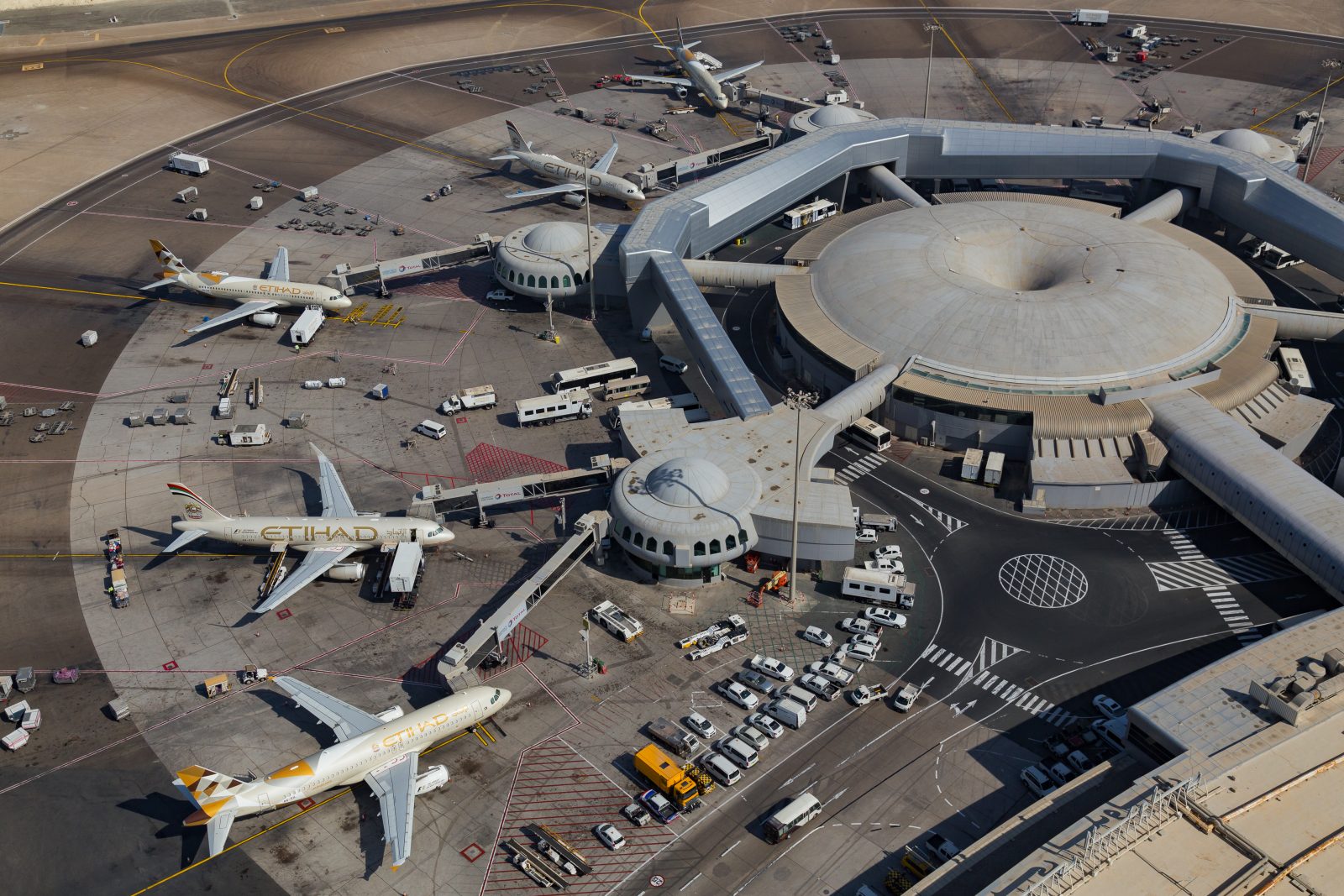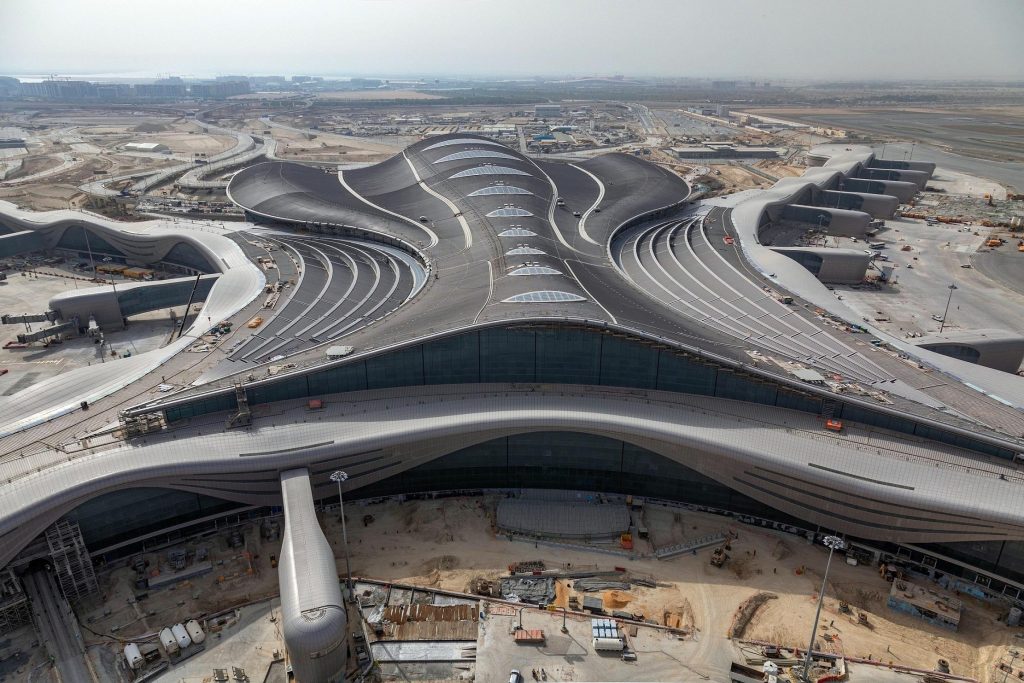
Abu Dhabi International Airport (AUH) celebrated its 40th birthday on Sunday but the event wasn’t accompanied by any update on when a new $3 billion ‘Midfield’ terminal will finally open and replace the airport’s overcrowded and outdated terminal buildings.
The airport was first conceived in 1974, around 15 years after neighbouring the neighbouring emirate of Dubai laid out its plans for an international airport. Dubai International Airport (DXB) has since become the world’s busiest airport for international passenger traffic.

Construction on Abu Dhabi’s airport didn’t finally get underway until 1979 and the airport opened on January 2, 1982, with just a single circular satellite terminal which was connected to a semi-circular check-in hall and main terminal building.
It would be another 20 years, however, before the rulers of the oil-rich emirate decided to start their very own airline to better serve Abu Dhabi and hopefully even take on Emirates and Qatar Airways.
The rapid expansion of Etihad Airways also meant the expansion of Abu Dhabi airport, with a second terminal added in 2005, a second runway in 2008 and the opening of terminal 3 in 2009.
All three terminals boosted AUH’s capacity to 12 million passengers a year but that is just a drop in the ocean compared to the 45 million annual passenger capacity that the yet-to-be opened Midfield terminal is meant to handle.
Originally slated to open in 2017, the Midfield terminal has been hit by a series of embarrassing delays. In 2019, the Midfield terminal was claimed to be more than 97 per cent complete. On Sunday, the airport confirmed that zero progress had been made in the last three years and the building remains in the same state as it did before the pandemic.
In fact, in July 2021, sources claimed the government-owned airport operator was going to cancel the construction contract because of major cost overruns.
The building can be expanded to serve as many as 84 million people per year, with a floor space of over 742,000 square metres. Once it finally opens, the Duty Free shops and restaurants alone will take up 28,000 square metres and premium lounges will cover a whopping 30,000 square metres.
Since construction on the Midfield terminal began, Etihad Airways has abandoned its failed plan to take on regional rivals and is no longer seeking to be a super-connector like Emirates.
Mateusz Maszczynski honed his skills as an international flight attendant at the most prominent airline in the Middle East and has been flying ever since... most recently for a well known European airline. Matt is passionate about the aviation industry and has become an expert in passenger experience and human-centric stories. Always keeping an ear close to the ground, Matt's industry insights, analysis and news coverage is frequently relied upon by some of the biggest names in journalism.







